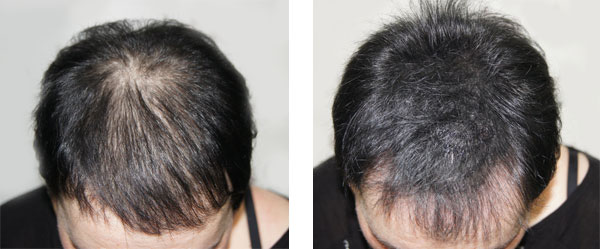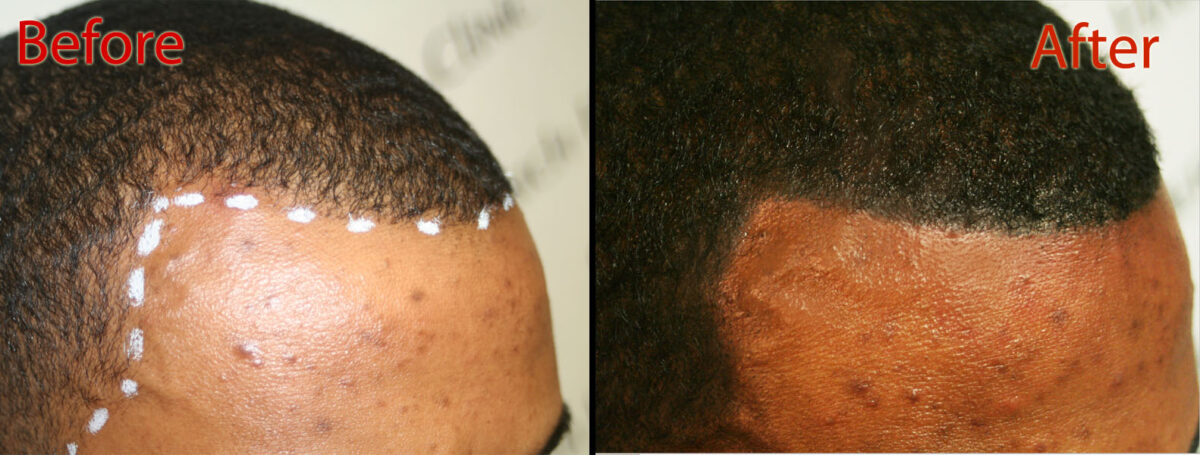Pumpkin seeds or pepitas are a nutritional powerhouse celebrated for their diverse health benefits. One such benefit often touted is their potential to promote hair growth.
While there’s no single, definitive scientific study declaring pumpkin seeds a hair-growth miracle cure, the evidence suggests they might play a supportive role.
Pumpkin Seeds for Hair Growth
One study published in the journal “Experimental Dermatology” in 2014 explored the effects of pumpkin seed oil on male pattern hair loss, also known as androgenetic alopecia.
Men with moderate hair loss were divided into two groups, one receiving daily doses of pumpkin seed oil and the other a placebo. After 24 weeks, the pumpkin seed oil group exhibited a significant increase in hair count compared to the placebo group.
While this study offers intriguing results, it’s important to acknowledge limitations. Firstly, the study focused only on male pattern hair loss, leaving the effectiveness for other hair loss types unclear. Second, more extensive research is needed to confirm these findings.
A Nutritional Powerhouse for Scalp Health
Even if the direct evidence of pumpkin seeds for hair growth requires further investigation, their nutritional profile offers undeniable value for overall scalp health, which can indirectly impact hair growth.
Protein and Amino Acids
Pumpkin seeds boast a rich source of plant-based protein, containing essential amino acids like arginine, glutamine, and cystine.
These building blocks are crucial for the formation and structure of hair proteins, such as keratin. Adequate protein intake is vital for maintaining healthy hair and preventing excessive shedding.
Zinc
Often dubbed the “hair mineral,” zinc plays a critical role in protein synthesis, cell division, and hormone regulation, all of which influence hair growth cycles.
Pumpkin seeds are a natural source of zinc, making them a potential ally in combating zinc deficiency, a factor linked to hair loss and poor hair quality.
Iron
Iron deficiency can lead to hair loss and thinning.
Hair follicles require an adequate supply of oxygen and nutrients to function optimally. That’s where your body needs iron to supply nutrients to cells.
Pumpkin seeds are rich in iron, a vital component of hemoglobin responsible for oxygen supply in the blood.
Omega-3 and Omega-6 Fatty Acids
These essential fatty acids found in pumpkin seeds nourish hair follicles, promote blood circulation to the scalp, and potentially reduce inflammation, which can contribute to hair loss.
Vitamin C
Pumpkin seeds contain a decent amount of vitamin C, an antioxidant that aids in iron absorption and promotes collagen production. Collagen, a structural protein, plays a vital role in hair strength and growth.
While the nutrients in pumpkin seeds hold promise for hair growth, hair loss can stem from various factors, including:
- Genetics
- Hormonal imbalances
- Stress
- Medical conditions
Incorporating pumpkin seeds into a balanced diet can contribute to overall health and help with hair growth.
Conclusion: A Seed of Hope, But Not a Plant of Growth
No doubt, pepitas are nutrient-dense and can create a foundation for promoting hair growth and preventing excessive shedding. But they are not a magic pill for hair growth.
If you suffer from hair loss and are looking for a solution that delivers results right from the word go, then consider scalp micropigmentation. Getting SMP done by experts is the right approach.
So where should you go to find them?
Well, you can find the best scalp practitioners in Arizona at DermiMatch Clinic, who can deliver the expected results by using their skills to hide scalp problems.










